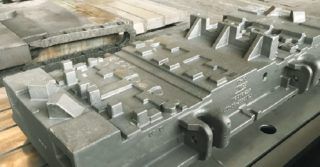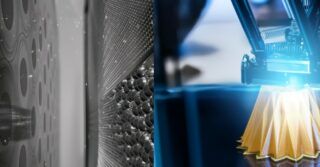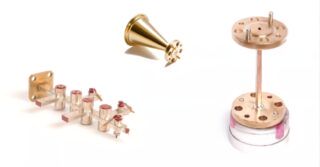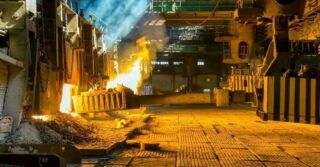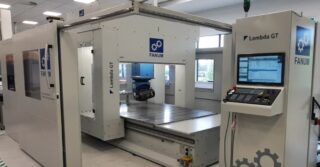The question is often asked whether 3D printing will replace mass production in the future. There are proponents on both sides, but from the perspective of a company that has been involved in rapid prototyping and rapid manufacturing for over 15 years, we believe it will, but only in certain areas. We are more focused on the fact that mass production itself will decline – in response to rapidly changing market expectations and the fact that consumers in developed, affluent countries are using items for shorter periods of time – or rather, replacing items of daily use more quickly – the volume of series production will be smaller in many areas, and mass production will eventually lose its strong economic justification. But for now, this is just a trend.
Today, 3D printing and mass production still interact, complementing and/or replacing each other under certain conditions – wherever one is more cost-effective than the other.
Rapid prototyping is just one area where 3D printing has an advantage over mass or batch production. This is because the field of additive technologies is very broad and allows the production of parts with very different properties:
- very fast production of cheap and unique parts with low surface quality (FDM printing)
- complex parts with high surface quality and low mechanical strength (e.g. stereolithography, successfully used in jewellery or dentistry)
- components with high mechanical and chemical resistance, produced in small and medium series (a few to several hundred parts), similar to those obtained by CNC machining or injection moulding (SLS, i.e. selective laser sintering of polyamide powders or SLM of metal powders). These details have another advantage – they can be successfully subjected to further machining such as turning, milling, drilling, grinding, lapping, etc.
In these last two cases, although the unit cost and production time are higher than for the cheapest FDM technology, these technologies are incomparably more advanced. Moreover, when you consider that we can produce parts on SLS and SLM machines with the quality and durability of parts made by machining, it changes the perspective.
For projects where the number of parts required is in the region of 100-150, SLS technology has a clear advantage in terms of time and cost
Firstly, it is much quicker and cheaper to get into production, and it is just as easy and non-invasive to modify. In addition, we are able to produce many elements at the same time – they can be either identical or completely different, needed for other projects, orders or devices.
The savings in material usage are also significant. The very names additive and subtractive technologies tell us a lot. With traditional (subtractive) manufacturing methods, the amount of material waste is much greater – the production process is based on removing the excess. 3D printing works on the principle of depositing successive layers (bonding in the solidification of plastics or sintering of powders).
In the case of SLS technology, there is also no need to use supports to build the geometry – the process uses unsintered powder in the working chamber for this purpose. At the end of the process, up to 70% of the unused powder can be reused.
Another aspect that distinguishes 3D printing technologies from so-called traditional methods is the ability to achieve complete freedom in the geometry of the elements produced. Additive manufacturing makes it possible to produce elements with numerous negative angles, thin walls or elements enclosed within other elements. This means that with additive technologies we can not only produce elements that are unattainable with traditional methods, but also the possibility of printing as one such element, which previously had to be manufactured in parts and then assembled or mounted into one. This refers to all kinds of moving parts that interact or nest together.
An argument often raised by engineers is the low strength of additively manufactured elements and the limited number of materials available. Both of these arguments can be easily refuted today – parts and elements produced using SLS and SLM technologies have up to 80% of the strength of injection moulded or CNC machined parts, and this is quality and strength that fully meets even the most stringent quality standards.
This belief has led some companies to believe that 3D printing can only be used for prototyping. Changing this mindset can quickly unlock the full potential of industrial additive technologies, especially since the implementation of an industrial-grade 3D printer in a production facility is not only relatively inexpensive (compared to CNC machines or injection moulding lines), but also much easier to operate.
Key aspects that differentiate additive technologies from, for example, injection moulding include
- Reaction time – from executive design to finished detail can take as little as 48 hours (there is no need to create production tooling)
- Cost of a potential error – often design errors can only be verified after the actual production of the part. With SLS technology, the cost of such an error can be tens to hundreds of times less
- Product Life Cycle – Assuming that the production of a few dozen details takes around 48 hours, the costs associated with stocking spare and working parts can be significantly reduced. Stocking becomes unprofitable and the cost of potentially disposing of parts that have reached the end of their life cycle but cannot be sold is eliminated.
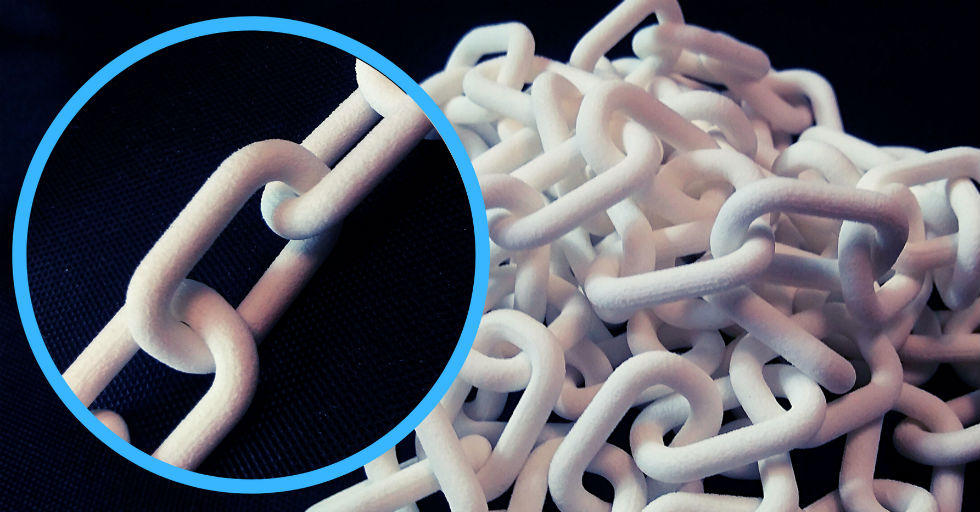
Geometry in SLS 3D printing




